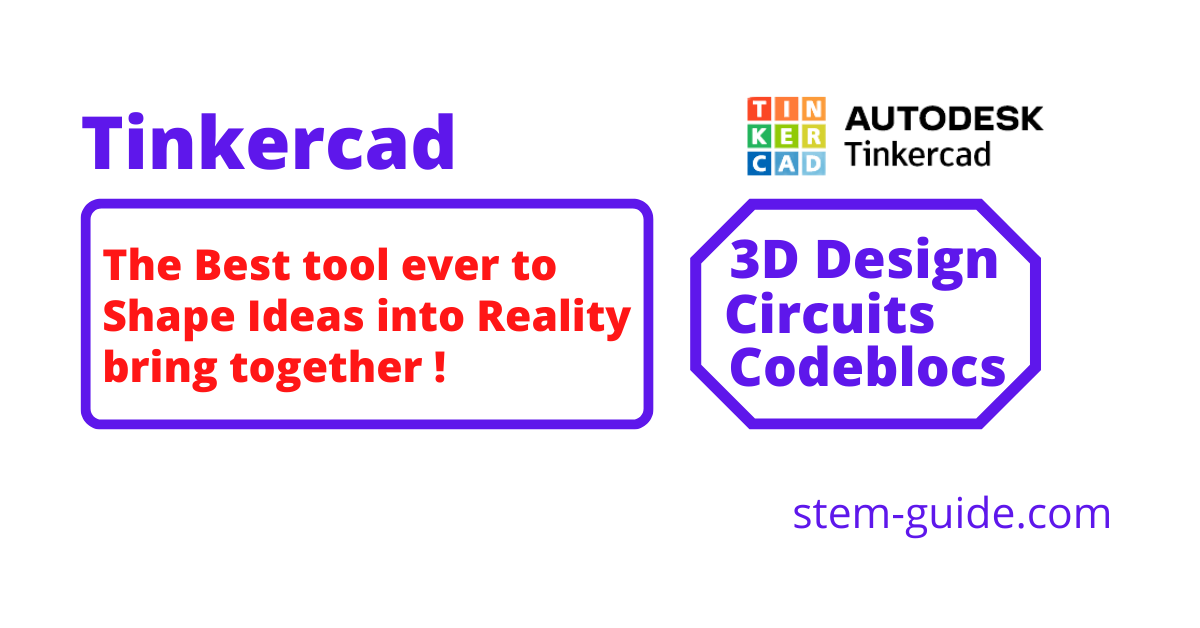3D printing is a revolutionary technology that has changed the face of manufacturing. It involves the creation of three-dimensional objects using a digital file as a blueprint. The technology has gained popularity in recent years due to its ability to produce complex designs quickly and efficiently. In this article, we will explore the intricacies of 3D printing, its applications, advantages, and limitations.
How 3D Printing Works:
- Process: At its core, 3D printing is an additive manufacturing process, which means that the object is built layer by layer. The process starts with the creation of a digital 3D model using specialized software. This model is then converted into a format that the 3D printer can understand.
- Materials used in 3D printing: The most commonly used materials in 3D printing are plastics, metals, and ceramics. Plastics, particularly PLA and ABS, are popular due to their low cost and ease of use. Metals such as titanium, aluminum, and stainless steel are used in industries where strength and durability are paramount. Ceramics, which are known for their heat resistance and electrical conductivity, are used in applications such as aerospace.
Applications of 3D printing:
- Medical field: One of the most significant advantages of 3D printing is its ability to produce customized products. In the medical field, this has translated into the production of prosthetics and implants. 3D printing technology allows for the creation of prosthetic limbs that fit the patient’s unique anatomy. It has also enabled the creation of replacement organs, such as kidneys and livers.
- In architecture: In architecture, 3D printing has proven to be a game-changer. Architects can now create 3D models of their designs, which allows for better visualization and communication with clients. The technology has also made it possible to produce prototypes and build models quickly and accurately.
- Automotive industry: The automotive industry has also benefited greatly from 3D printing technology. It has allowed for the rapid prototyping of new car designs, which has shortened the time it takes to bring new cars to market. 3D printing has also been used to produce replacement parts, reducing the need for expensive and time-consuming molds.
Advantages of 3D printing:
- Cost-effective manufacturing: One of the most significant advantages of 3D printing is its cost-effectiveness. Traditional manufacturing processes often require expensive molds and tooling, which can be prohibitively expensive. With 3D printing, the same product can be produced at a fraction of the cost.
- Faster production times: 3D printing is also faster than traditional manufacturing methods. Since the product is built layer by layer, there is no need for complex assembly lines or long lead times. This allows for faster production times and quicker delivery to customers.
- Customization and personalization: 3D printing also allows for customization and personalization. Products can be tailored to the specific needs of individual customers, allowing for a more personalized experience. This is particularly useful in industries such as healthcare, where personalized products are becoming increasingly important.
- Less material waste: Traditional manufacturing processes often produce a significant amount of waste. This is not the case with 3D printing. Since the product is built layer by layer, there is very little waste produced.
- Improved design capabilities: 3D printing has also improved design capabilities. Designers can create more complex and intricate designs than ever before, thanks to the precision and accuracy of 3D printing technology.
Limitations of 3D printing:
- Size limitations: One of the most significant limitations of 3D printing is size limitations. Most 3D printers have a limited build size , which means that larger objects cannot be produced using 3D printing technology.
- Limited material options: Although 3D printing has come a long way in terms of materials, there are still limitations. Certain materials, such as glass and certain metals, are still difficult to print with, which limits the range of products that can be produced.
- Surface finish limitations: Another limitation of 3D printing is the surface finish of the final product. While the technology has improved significantly in recent years, the surface finish of 3D printed objects is still not as smooth as that of traditionally manufactured products.
Future of 3D printing:
- Advances in technology: As 3D printing technology continues to advance, it is likely that many of the current limitations will be overcome. Improvements in printing speed, material options, and surface finish are just a few areas where advancements are expected.
- Expansion of applications: As the technology becomes more accessible and affordable, it is also likely that the range of applications for 3D printing will continue to expand. This could include industries such as fashion, food, and even construction.
- Integration with other technologies: 3D printing technology is also likely to be integrated with other technologies, such as artificial intelligence and robotics. This could lead to the development of fully automated manufacturing processes that are both efficient and cost-effective.
Conclusion:
3D printing is a rapidly evolving technology that has already had a significant impact on many industries. Its ability to produce customized products quickly and cost-effectively has made it a game-changer in the world of manufacturing. While there are still limitations to the technology, it is expected that advances in 3D printing will continue to expand its range of applications and revolutionize the way we produce and consume products.
